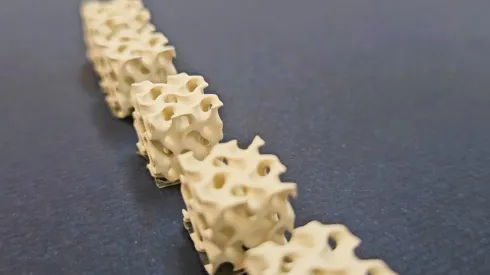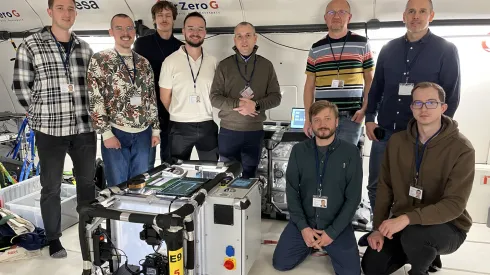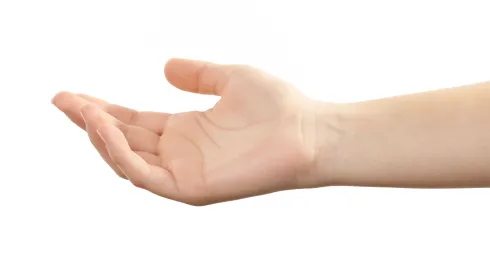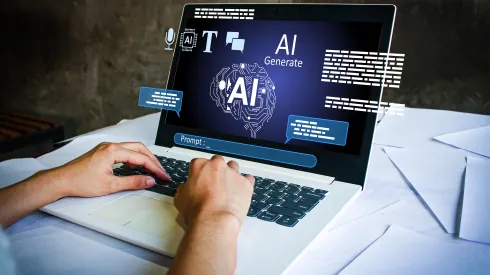
Leap in AI development. Polish researchers break impasse in reinforcement learning
A team of computer scientists, including two researchers from Poland, has developed a method that allows reinforcement learning (RL) models to use neural networks with up to thousands of layers, a scale previously considered impossible.
-

AI chatbots can sway voters more than traditional political ads
AI-based chatbots can influence voter attitudes more effectively than traditional political advertising, according to new research published in Nature.
-

Stressed parents more likely to share screen devices with their children, study finds
Stressed parents are more likely to give screen devices to their children, which can increase the risk of overuse, according to new research. The findings also suggest that parents’ knowledge of recommended screen time limits for preschoolers has little impact on actual practices.
-

Researchers develop 3D-printable ceramic resin for custom bone implants
Researchers from the Cracow University of Technology (CUT) and the Polish Academy of Sciences have developed biocompatible, photocurable ceramic resins that mimic bone structures, enabling rapid 3D printing of custom endoprostheses and implants.
-

Scientists develop ultra-sensitive ‘atom radio’ to listen to faint microwave signals
Where ordinary radios falter, a new “atom radio” listens. Developed at the University of Warsaw, the device uses rubidium atoms as ultra-sensitive antennas.
-

Do quantum computers really performance better than conventional ones?
Conventional probabilistic computers, systems built from standard components that use randomly flipping “probabilistic bits” to explore solution spaces, can match or surpass the performance of a large quantum annealer on a flagship optimisation problem, according to a study published in Nature Communications.
-

Polish lunar excavator aces low-gravity tests in European Space Agency campaign
Polish scientists have successfully completed tests of a prototype space excavator designed to extract lunar regolith under simulated lunar-gravity conditions.
-

3D-printed neurotube to help regain mobility after injury
A 3D-printed structure that allows nerve cells to travel independently and form new connections, offering a potential advance in the repair of severed arm or leg nerves, has been developed by researchers from Poznań and collaborating centres.
-

Polish language not ‘superior’ for AI prompting, researchers say
Claims that Polish is the “best language for prompting” AI models are incorrect, according to the research behind the OneRuler benchmark, a multilingual test suite evaluating how AI models process very long texts.
-

Revolutionary detector could transform thermal imaging and gas detection
A detector that detects energy from near-infrared to thermal radiation at room temperature has been developed by Chinese researchers working with physicists from the Military University of Technology in Warsaw.













